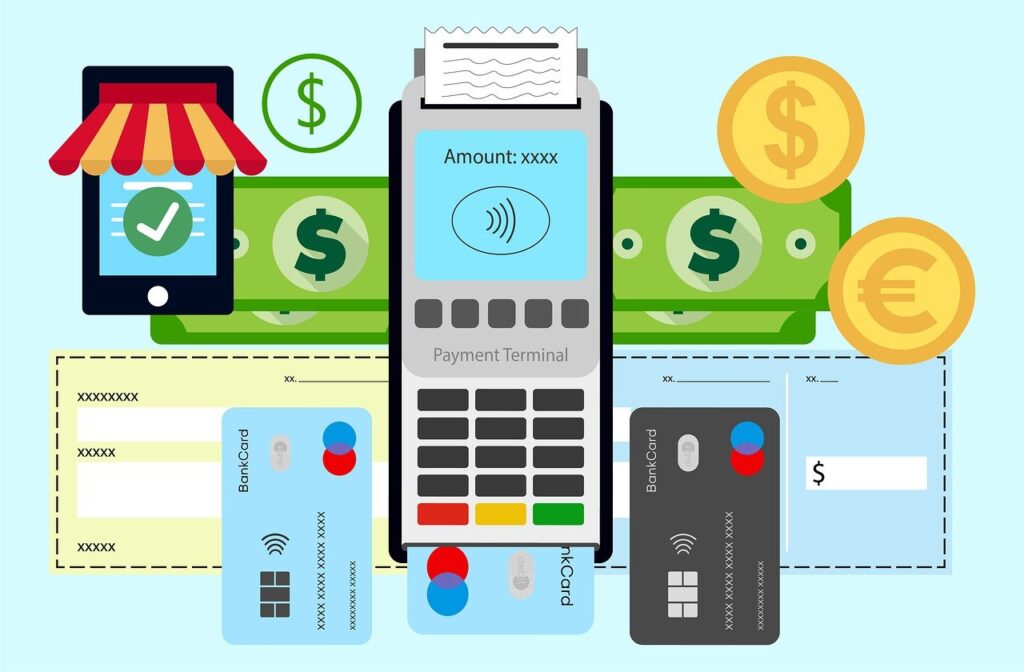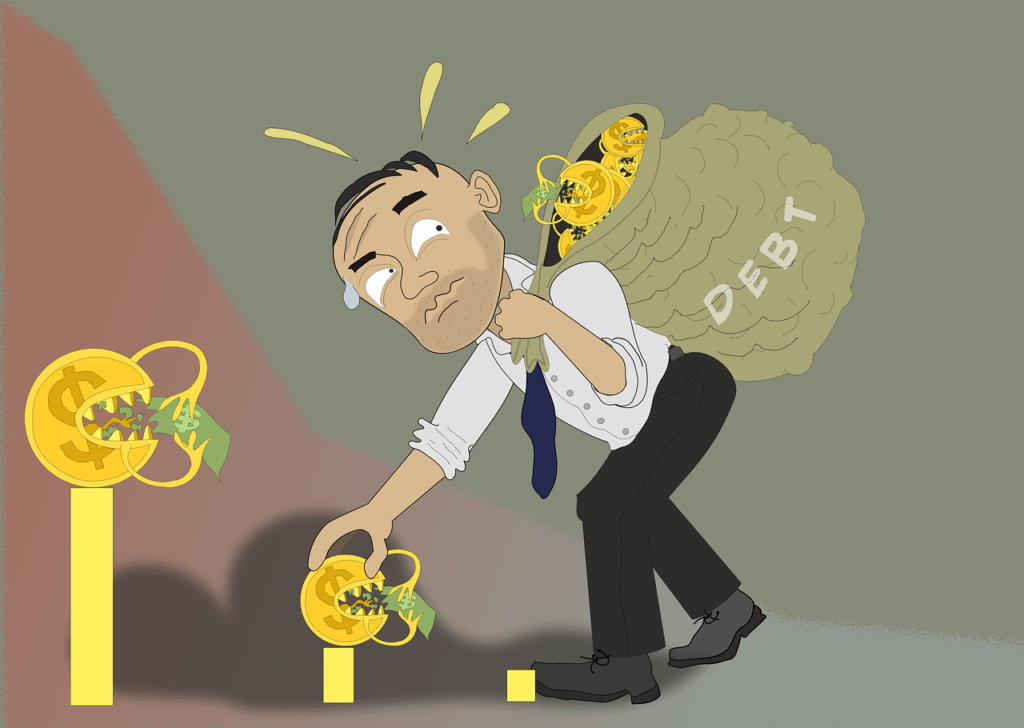
For many Americans, the prospect of purchasing a new vehicle, be it a beloved SUV, a sturdy truck, or a versatile crossover, is often met with a mix of excitement and apprehension. While the open road and the smell of a new car are appealing, the process of buying from car dealerships—sometimes colloquially referred to as ‘stealerships’—can be a source of significant stress and financial vulnerability. This pervasive issue has prompted action from regulatory bodies, with the Federal Trade Commission (FTC) last year announcing its Combating Auto Retail Scams (CARS) initiative, a testament to the scale of consumer detriment in the auto retail sector.
The CARS initiative is projected to deliver substantial relief to consumers, saving people more than $3.4 billion and an estimated 72 million hours annually. This highlights the critical need for informed consumer decisions and awareness of the various tactics that can disadvantage less-informed buyers. While many car dealers are scrupulous business people who value their reputations and customer relationships, the buying process itself is complex, encompassing the new car price, the trade-in value, and financing options, all of which are avenues for potential manipulation.
Navigating these waters successfully requires preparation and an understanding of the common car dealer tricks employed by some salespeople. This in-depth guide, drawing directly from expert analysis, aims to arm you with the knowledge to spot red flags, understand your rights, and approach your car purchase with confidence. By recognizing these deceptive tactics, you can transform from an inexperienced car buyer into a savvy shopper, ensuring a fair deal and avoiding unwanted surprises in your new loan or lease. Let’s explore 15 of these sneaky tricks to empower your next car-buying experience.
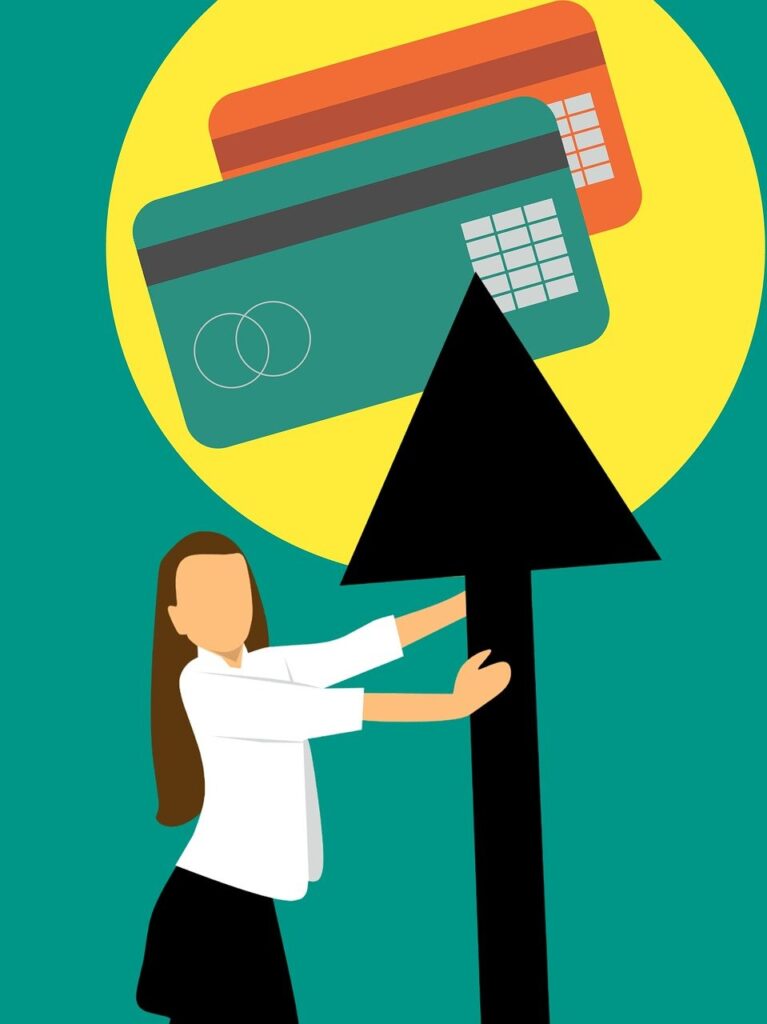
1. **The Bait-and-Switch and Misleading Advertisements**The bait-and-switch technique is a fundamentally dishonest sales tactic designed to lure prospective buyers into a showroom under false pretenses. A car dealership advertises a vehicle at an exceptionally attractive rate, perhaps online, in an ad, or through a phone conversation. The intention is simple: to get you through their doors. However, upon arrival, the ‘bait’ is suddenly unavailable. The salesperson will inform you that the advertised car was “just recently sold,” or that the specific promotional model is no longer on the lot.
This immediate disappointment is then leveraged. Following the delivery of the “bad news,” the salesperson promptly pivots to selling you a more expensive car. This can manifest in another subtle version where the ad shows a fully loaded model with desirable features like aluminum alloy wheels and a booming sound system, but advertises prices and payments for a stripped-down, base model. When the buyer arrives, they quickly realize the car from the ad costs significantly more than the listed price.
The goal is to capitalize on the buyer’s presence and emotional investment, making it harder to leave empty-handed. While not always illegal, it is a deceptive practice that wastes your time and attempts to steer you into an undesired, higher-cost purchase. Remaining firm about the specific vehicle you initially sought is crucial, and if the advertised vehicle genuinely isn’t available under the promised terms, it’s often best to walk away.
Read more about: Avoid Shady Car Deals: 10 Dealer Scams to Watch For & 8 Ways to Protect Yourself
2. **Manipulating Monthly Payments**One of the most insidious tricks car dealerships employ is focusing the negotiation heavily on the monthly payment amount rather than the total cost of the vehicle. Salespeople are adept at chatting with customers to discover a comfortable monthly payment figure, then working their “magic” to achieve it. The deception lies in how this is accomplished: a dishonest salesperson can hide extra fees, inflate the car’s price, or simply extend the loan duration significantly to keep the monthly installments low.
This tactic can mislead you into believing you can afford a more expensive car than your budget truly allows. For instance, a low monthly payment often means a longer loan term—60, 72, or even 84 months. While these longer terms make payments more manageable in the short run, they result in paying substantially more interest over the life of the loan. Furthermore, long terms increase the risk of becoming “upside down” on your car loan, meaning you owe more than the vehicle is worth, a precarious financial position.
To counteract this, it is essential to always focus on the total amount you will pay for the vehicle, not just the monthly installment. Refuse to answer questions like, “How much can you pay each month?” Instead, state clearly, “I can afford to pay X dollars for the car,” referring to the total purchase price. Always ensure that any price negotiated is the full cost of the vehicle *before* your trade-in or down payment is applied, thereby separating the transactions and maintaining clarity on the actual expense.
Read more about: Steer Clear of the Sales Pitfalls: 14 Dealer Tactics to Master Before Buying Your Next Car

3. **Undervalued Trade-Ins and Related Tricks**Many car owners consider selling their vehicles privately to avoid the insultingly low trade-in valuations often offered by auto dealerships. However, car salespersons have developed various tricks to circumvent this strategy, aiming to maximize their profit from both the new car sale and your old vehicle. One common approach is to simply offer much less for your trade-in car than its actual market value. This works because buyers often spend all their energy negotiating the new car price, considering their trade-in as an afterthought.
Another tactic involves offering a seemingly better-than-expected trade-in valuation, which makes the buyer feel they’ve scored a win and builds trust. However, this seemingly generous offer often comes with a catch. Unbeknownst to the buyer, the dealer might then boost the monthly car payments on the new vehicle or inflate its price to claw back that “extra” trade-in valuation. The profit lost on the trade-in is simply recovered, and often exceeded, in another part of the deal, leaving the buyer no better off.
To avoid these traps, it is imperative to treat the trade-in as a completely separate transaction from the new car purchase and financing. Research your car’s true trade-in value using independent tools like Kelley Blue Book before stepping into the dealership. If possible, shop your trade-in at multiple dealers to get the best price. By keeping these negotiations distinct, you prevent the dealer from manipulating one aspect of the deal to compensate for a perceived loss in another, ensuring you get fair value for both your old and new vehicles.

4. **Odometer Fraud**Despite advancements in technology and consumer protection, odometer fraud regrettably “is still a thing.” This scam involves someone tampering with a vehicle’s odometer to display a reading that is lower than the actual mileage. The National Highway Traffic Safety Administration (NHTSA) estimates that over 450,000 vehicles are sold annually with incorrect odometer readings, collectively costing American car buyers more than $1 billion each year. This crime directly misrepresents a vehicle’s wear and tear, leading buyers to pay more for a car than its true value and potentially incur unexpected maintenance costs.
Detecting odometer fraud requires vigilance and a healthy dose of skepticism. While an unbelievably low mileage reading on an older vehicle doesn’t automatically confirm fraud, it should certainly raise suspicion. For example, if you encounter a 1980 sedan advertising only 35,000 total miles, given that Americans typically drive an average of 14,263 miles annually, such a figure demands thorough investigation. The discrepancy between the vehicle’s age and its reported mileage is a major red flag.
To protect yourself, always shop at reputable dealerships. Beyond that, conduct thorough homework: scrutinize the vehicle’s history report, look for inconsistencies in maintenance records, and examine the car’s overall condition for signs of wear that don’t align with the odometer reading. Asking the right questions and exercising caution when faced with deals that seem too good to be true are vital steps in avoiding this costly and illegal scam, ensuring you get an accurately valued vehicle.
Read more about: Steer Clear of the Sales Pitfalls: 14 Dealer Tactics to Master Before Buying Your Next Car

5. **Vague Contracts and Fine Print Obfuscation**Sneaky car dealerships often leverage the complexity of contracts to their advantage, using language and terminology that the average person is unfamiliar with. This practice aims to confound consumers, making it difficult for them to fully understand the terms and conditions of their purchase. The dense and often obscure legal jargon can obscure hidden costs, unfavorable clauses, or services that were never explicitly agreed upon, leading to unwelcome surprises down the road.
Consumer protection experts consistently advise against signing any document you do not fully comprehend. The common pitfall is to “sign the contract and ask questions later,” a habit that plays directly into the hands of unscrupulous dealers. The fine print, which many buyers hope they never have to read, often contains critical disclaimers, stipulations, caveats, and conditions that can render advertised offers moot or attach additional, unexpected obligations.
Before putting pen to paper, take your time and read every single detail of the contract carefully. Ask for clarification on any charges, terms, or clauses that are unclear. Reputable lenders and dealers will be upfront and willing to explain everything without complaint or pushback. If a dealer resists clarification or tries to rush you, it is a significant red flag. Always insist on clear terms for both yourself and the dealer, and keep a copy of the contract for your records, empowering you to dispute any errors or misunderstandings later.
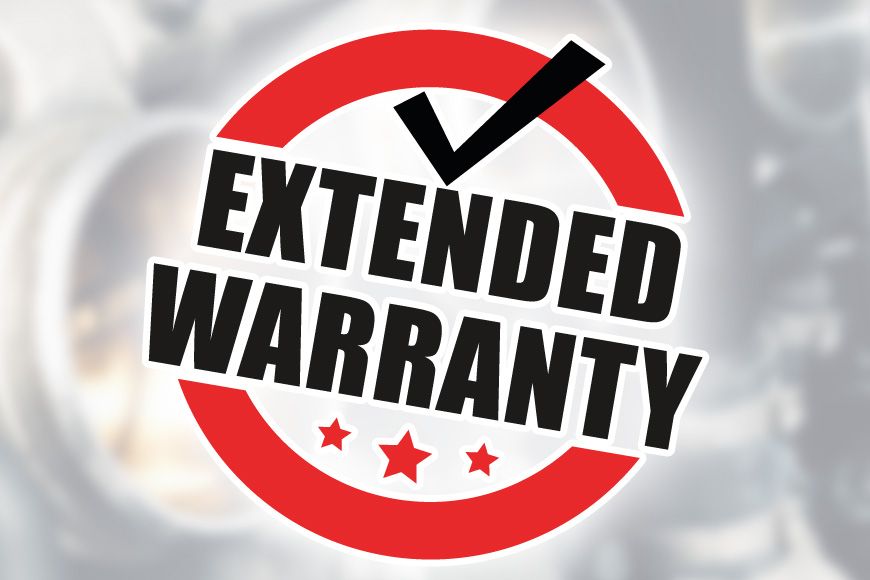
6. **Forced or Unnecessary Add-ons and Warranties**Car dealerships frequently boost their profits by pushing various optional add-ons and warranties that consumers often accept without question, largely because they are unaware these items can be declined. While a warranty can offer peace of mind, it is fundamentally optional, and waiving it can deduct thousands of dollars from the total purchase price. Some car salespersons may insist that a warranty is mandatory to secure a car loan, but this is a deceptive tactic; you are not obligated to buy a warranty.
Beyond extended warranties, a range of other add-ons exists, such as paint protection, GAP insurance, tire and wheel protection, VIN etching, rustproofing, and fabric protection. Many of these, like paint sealants, are often unnecessary, as modern cars come with factory paint designed to last the life of the vehicle. VIN etching, a theft-prevention method, is often overpriced at dealerships compared to third-party options or DIY kits.
It is crucial to understand that an extended warranty on a leased car is particularly egregious, as new leased vehicles are typically covered by a bumper-to-bumper warranty for the entire lease term. Automatically agreeing to these products without independent research can add hundreds, if not thousands, of dollars in interest-bearing costs to your loan. Always question every add-on, research its necessity and cost through third parties, and remember that you have the power to decline optional services to protect your finances.
Read more about: Why Your Dream Truck Is Costing You Thousands More: An In-Depth Guide to Unmasking Hidden Dealership Fees and Markups

7. **Interest Rate Manipulation and Credit Score Undervaluation**Another prevalent scam involves car salespersons informing buyers that their credit score does not qualify them for the best available interest rates. While it is true that credit scores dictate loan terms, some dealers exploit this information to charge higher-than-necessary interest rates, thereby increasing their profit margins. Dealers often partner with third-party lenders, and these partnerships sometimes allow the dealer to mark up the interest rate offered by the lender and keep the difference for themselves.
For instance, if a lender approves a loan at a 6% interest rate, a dishonest dealer might inform the buyer that they’ve been approved at 8%, pocketing the additional 2%. This manipulation can cost buyers hundreds, if not thousands, of dollars over the life of an auto loan. Moreover, some dealers may actively try to convince you that your credit is worse than it actually is, leading you to miss out on the most competitive rates for which you genuinely qualify.
The most effective way to combat this tactic is to arrive at the dealership well-prepared with your own financial knowledge. Check your credit score independently and research average auto loan rates before you begin shopping. Even better, secure preapproval for an auto loan from your own bank or a credit union before visiting the dealership. Having a preapproved loan in hand significantly strengthens your negotiating position, providing a benchmark against which to compare any financing offers from the dealer and ensuring you receive the most favorable interest rate possible for your credit profile.
Navigating the complexities of car purchasing extends beyond initial sales tactics, delving into more sophisticated financial maneuvers that dealerships sometimes employ. Understanding these additional strategies is paramount for any buyer aiming to secure a fair and transparent deal, preventing significant financial pitfalls. We continue our exposé by examining eight more common, often intricate, dealership tricks that can disadvantage even diligent consumers.

8. **Employing ‘Yo-Yo’ Financing (Spot Delivery)**One of the most unscrupulous and, in some cases, illegal tactics employed by certain dealers is “yo-yo financing,” also known as spot delivery or spot financing. This deceptive scheme preys on a buyer’s excitement and emotional investment in a new vehicle. It allows a buyer to sign a contract and drive their new car home before the financing has been fully approved and finalized by the lender.
Initially, the dealer might “qualify” you for an appealing interest rate, allowing you to take possession of the vehicle. However, the true nature of this trick unfolds later when the dealer contacts you, often days or even weeks after you’ve grown accustomed to your new car. They’ll claim that the initial financing fell through, or that you no longer qualify under those advantageous terms.
This creates a high-pressure situation where the only apparent option to keep the car is to agree to a new, significantly more expensive loan with less favorable terms, such as a higher interest rate or longer loan term. The Federal Trade Commission (FTC) considers this a serious scam, designed to back buyers into a corner. To protect yourself, always ensure your financing is fully approved and confirmed before driving off the lot, and never leave without contracts that clearly detail all loan terms and conditions. If financing genuinely falls through, a reputable dealer will have a clause allowing the sale to be called off without penalty.

9. **Promoting Expensive 0% Interest Offers**Appealing 0% interest financing offers frequently catch the eye of prospective car buyers, promising significant savings on interest payments over the loan term. While these promotions can seem incredibly attractive, they often come with stringent qualifications and hidden trade-offs that consumers must carefully evaluate to determine if they truly represent the best value for their specific situation.
Such offers are typically reserved for buyers with excellent credit scores, limiting their accessibility to a select group of consumers. Furthermore, these attractive interest rates are usually tied to shorter loan terms, often 24 or 36 months, which can result in substantially higher monthly payments that may strain a buyer’s budget, even for an inexpensive vehicle. This can create a false sense of affordability if the buyer only focuses on the zero interest and not the amplified monthly outlay.
Crucially, accepting a 0% interest offer frequently means foregoing other valuable incentives, such as cash rebates or manufacturer discounts that could, in fact, lead to greater overall savings. For example, a buyer might save more money over the life of the loan by taking a sizable rebate and financing at a slightly higher, but still competitive, interest rate than by opting for the 0% APR. Savvy consumers should utilize a rebate-versus-low-interest calculator to compare the total cost of the loan under both scenarios, ensuring they make the most financially advantageous decision tailored to their individual circumstances and budget.
Read more about: $20,000 Difference: 12 Luxury Cars Primed for Massive Price Drops in 2025
10. **Encouraging a Roll-Over (Upside-Down Loans)**A tempting but financially precarious tactic involves encouraging buyers to trade in their current vehicle before it is fully paid off, then rolling the remaining balance of the old loan into the financing for a new car or lease. This practice, while convenient in the short term, can quickly put a buyer in a disadvantageous financial position, commonly referred to as being “upside down” on their car loan.
Being upside down means you owe more on the vehicle than its current market value. This situation carries significant risks. Should the car be totaled in an accident, the insurance payout may not cover the full amount of the outstanding loan, leaving the owner responsible for the difference. Similarly, if you decide to trade in the car again before paying off the rolled-over debt, you will find yourself writing a substantial check to cover the remaining loan amount, making subsequent purchases even more expensive.
To avoid this financial trap, it is highly advisable to prioritize paying off your existing car loan before considering a new purchase. If a new vehicle is genuinely needed, attempt to secure a fair price for your current car through a private sale or a good trade-in value from a dealership, ensuring the old loan is settled independently. Unless there is an urgent and undeniable need for a new car, resisting the urge to roll over an old loan into a new one is a prudent financial decision that can save thousands of dollars and considerable stress in the long run.
11. **Offering Long Loan Terms**The appeal of lower monthly payments often overshadows the long-term financial implications of extended auto loan terms, a fact that some dealerships strategically leverage. While a loan stretched over 60, 72, or even 84 months can make an otherwise unaffordable vehicle seem within reach, this common tactic carries substantial drawbacks that significantly impact the total cost of ownership.
One primary disadvantage of longer loan terms is the increased amount of interest paid over the life of the loan. Even with a competitive interest rate, extending the repayment period by several years means accumulating hundreds, if not thousands, of additional dollars in interest charges. This inflates the overall price of the vehicle far beyond its sticker price, costing the consumer more in the long run than initially perceived from the reduced monthly installment.
Furthermore, extended loan terms heighten the risk of becoming “upside down” on the loan, meaning the outstanding balance exceeds the vehicle’s depreciated value. Cars depreciate rapidly, especially in the first few years, and a prolonged loan can mean you owe more than the car is worth for an extended period. This precarious situation makes selling or trading the vehicle problematic and expensive. To counteract this, buyers should strive for a balance between affordable monthly payments and a loan term of no more than 60 months, carefully considering whether trimming optional add-ons or selecting a more affordable model is necessary to achieve this financial discipline.
Read more about: America’s Unfolding Story: A Deep Dive into the Foundational Shifts and Enduring Legacies That Reshape a Nation

12. **Encouraging Balloon Payments**While largely out of favor, some dealerships may still introduce the concept of a balloon payment as a means to present extremely low monthly payments, particularly to budget-conscious buyers. This loan structure involves manageable, often very low, monthly installments throughout the majority of the loan term, which can be very appealing on the surface. However, this initial ease comes with a significant and often challenging stipulation.
The core characteristic of a balloon payment loan is a much larger, single lump sum payment due at the very end of the loan period. This final payment can amount to a substantial portion of the vehicle’s original price, presenting a considerable financial hurdle for many borrowers. The convenience of low early payments can lead to complacency, with many struggling to meet this large, unexpected obligation when it finally comes due, years down the line.
The unpredictable nature of future financial situations makes balloon payments inherently risky. Borrowers might find themselves in a position where they cannot afford the final lump sum, forcing them to either roll the balloon payment into a new, often higher-interest, loan or even to forfeit the vehicle. For most consumers, choosing a traditional installment loan with consistent, equal payments offers far greater financial stability and predictability, effectively eliminating the risk associated with an unforeseen large payment that could destabilize their budget.
Read more about: Never Buy These Things From a Car Dealer—Or Pay For Them When You Purchase a Car
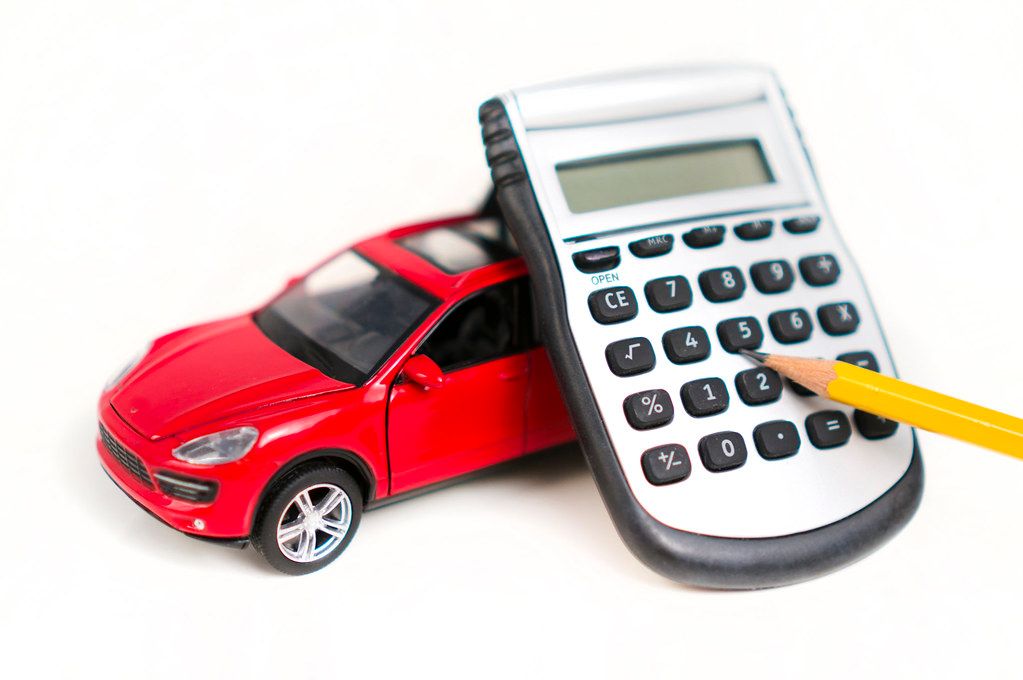
13. **Nonsense Fees and Hidden Costs**Car dealerships commonly boost their profit margins by embedding various fees and optional products into the final sale, often without clear disclosure or consumer consent. While certain charges like sales taxes, title, registration fees, and destination fees are legitimate and unavoidable, many others are entirely negotiable or outright unnecessary “nonsense fees” that simply inflate the vehicle’s price.
Dealerships may include items such as “advertising fees,” “loan payment fees,” or “market adjustment fees” which are often already factored into the car’s listed price or serve as pure profit drivers. Another deceptive practice is “payment packing,” where a salesperson surreptitiously adds optional items, like an extended warranty or paint protection, to the monthly payment without explicitly obtaining the buyer’s permission or clearly itemizing the cost. This tactic obscures the true price of the vehicle and the added services, making it difficult for buyers to discern what they are actually paying for.
To protect your finances, it is crucial to scrutinize every line item in the contract and question any charge that seems unfamiliar or ambiguous. Many add-ons, such as extended warranties, GAP insurance, paint sealants, rustproofing, fabric protection, and VIN etching, are often overpriced at dealerships or entirely superfluous, given modern vehicle manufacturing standards. Always research the necessity and cost of these products independently and remember your right to decline any optional service. Insisting on a clear, itemized breakdown of costs before signing any agreement ensures transparency and empowers you to refuse these hidden markups.
Read more about: Unmasking the Hidden Costs: Why These Seemingly Cheap Car Hacks Could Be Draining Your Wallet

14. **The Four Square Tactic**Among the more antiquated yet persistently used deceptive sales techniques is the “four square tactic,” a method widely disliked by reputable dealers as it reinforces negative stereotypes within the industry. This strategy is specifically designed to confuse buyers and manipulate the perception of a deal by strategically shuffling numbers across different financial categories on paper.
The tactic involves the salesperson drawing a piece of paper divided into four squares, each representing a key aspect of the car purchase: the vehicle price, the trade-in value, the down payment, and the monthly payments. The dealer then proceeds to move figures between these squares, making adjustments to one number that seemingly benefit the customer, only to offset that ‘gain’ by increasing another less obvious cost. For instance, they might appear to raise the trade-in value, but simultaneously inflate the vehicle’s selling price or extend the loan term, thereby nullifying any real advantage.
This deliberate obfuscation creates a smokescreen of complexity, making it exceedingly difficult for the buyer to track the actual costs and the true value of the deal. The goal is to overwhelm the customer with a flurry of numbers, distracting them from focusing on the total out-the-door price and allowing the dealer to maximize profit. If a salesperson attempts to use this tactic during your negotiation, it should serve as a significant red flag; it is generally advisable to disengage and walk away, as it signals a lack of transparency and an intent to exploit confusion rather than facilitate a fair transaction.
Read more about: Steer Clear of the Sales Pitfalls: 14 Dealer Tactics to Master Before Buying Your Next Car
15. **Lease-Specific Traps: Down Payments and Unnecessary Warranties**Leasing a vehicle offers distinct advantages, such as lower upfront costs and consistent warranty coverage throughout the lease term. However, some dealerships attempt to undermine these benefits by pushing unnecessary expenses, particularly through demanding down payments on leases or selling extended warranties that provide no actual value. For consumers considering a lease, understanding these specific traps is essential to maintaining the financial advantages leasing is meant to provide.
First, making a substantial down payment on a lease is rarely a wise financial decision and is almost never truly necessary. One of the primary attractions of leasing is the minimal upfront financial commitment, and a large down payment directly contradicts this benefit. Furthermore, if the leased vehicle is totaled early in the lease term, the down payment is typically lost, representing a significant financial blow. Instead of paying a large sum upfront, it is far more prudent to ask the dealer to roll any required upfront costs into the monthly payments, protecting your capital and spreading out tax obligations over time.
Second, extended warranties on leased vehicles are almost universally an egregious and entirely superfluous expense. New leased vehicles are typically covered by a comprehensive bumper-to-bumper manufacturer’s warranty for the entire duration of the lease agreement. This means that purchasing an additional extended warranty essentially amounts to “literally just giving money away” for coverage you already possess. Before committing to a lease, diligently research the pros and cons of leasing versus buying to ensure it aligns with your long-term financial goals, and be prepared to politely but firmly decline any dealer attempts to sell you unnecessary add-ons that erode the inherent benefits of leasing.
Armed with the knowledge of these common dealership tricks, from the initial bait-and-switch to complex financial manipulations, consumers are empowered to approach their next car purchase with a clear strategy. Remember, the key to a successful transaction lies in thorough preparation, independent research, focusing on the total cost rather than monthly payments, and the confidence to walk away from any deal that feels disingenuous or unduly pressured. Your journey to a new vehicle should be an exciting one, not a stressful ordeal where you feel disadvantaged. By being informed, you shift the power dynamic, ensuring you secure a fair deal and avoid those unwelcome surprises in your new loan or lease.”
, “_words_section2”: “1945

